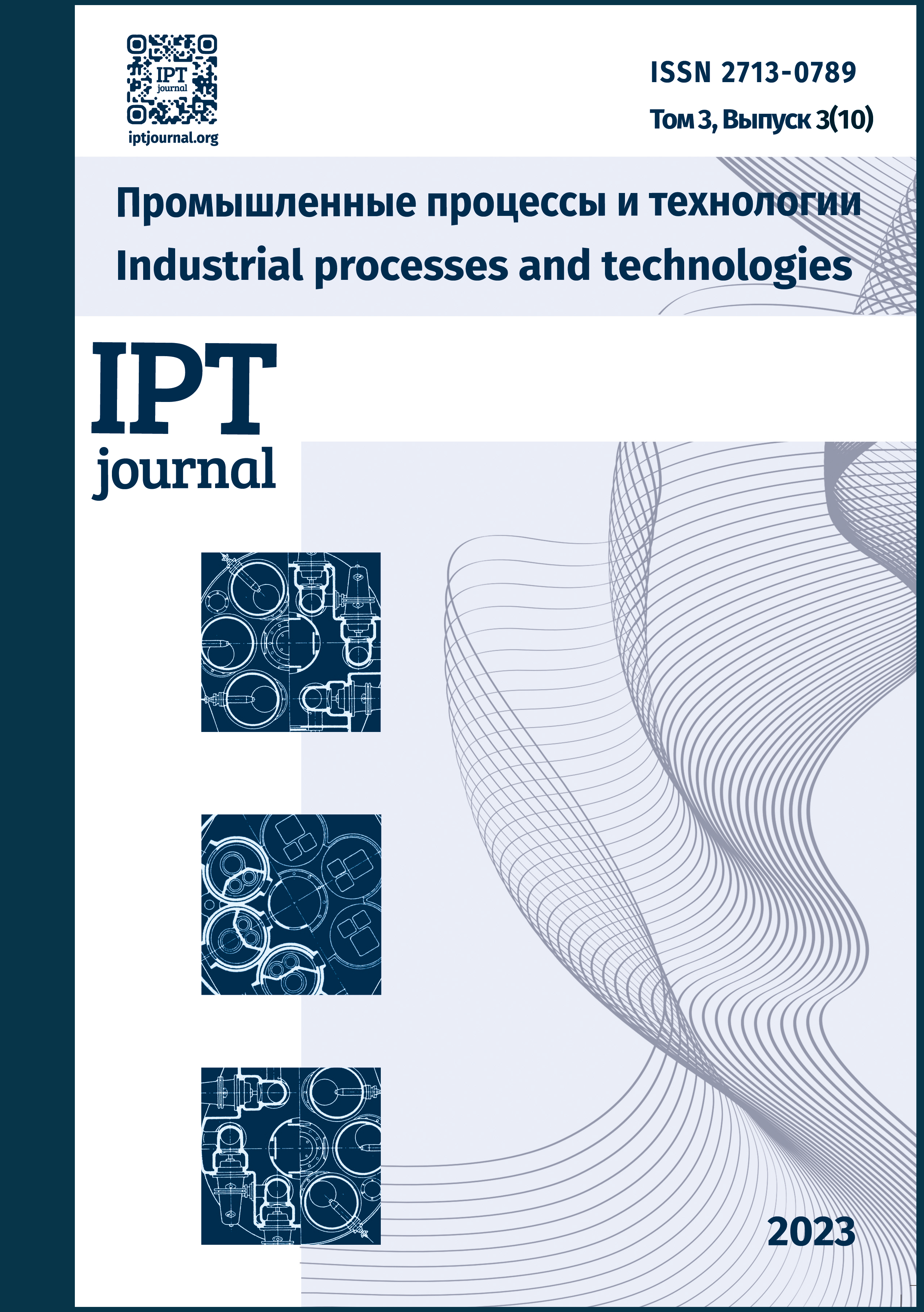Abstract
During our research, we found that lattice structures are a key concept in additive manufacturing. They occur naturally and are often used in engineering due to properties such as high stiffness-to-density ratio and spatially varying behavior of the material. Against this backdrop of reconfigurable materials, auxetics appear attractive for 3D shoe modeling, some of which are constructed using 2D folding patterns based on origami structures such as the "miura-ori" or "Ron Resch pattern". To design such structures, a specific design environment is needed. For this purpose, the work considers parametric design tools with design logic that allows to create algorithms for objects or processes of any complexity. According to the results of our analysis, the 3D design environment "Rhinoceros" and the visual programming language "Grasshopper" best meet these requirements. The developed series of algorithms made it possible to implement 48 digital models of reconfigurable surfaces. The article presents the results of physical and mechanical tests of 4 out of 48 models of experimental materials. Based on the results of studies of 10 experimental materials samples from photopolymer and TPU with 20, 50 and 100% filling of cells of each type in the form of a double-sided blade with a thickness of 2.5-3.5 mm according to GOST R 54553-2019, the following was established: strength at tensile strength (MPa); elongation at break (ε, %); density (g/cm³); Shore hardness (A). A comparison of the results of laboratory studies with the indicators of sole materials used at Egoryevsk-Obuv JSC in production revealed that the indicators of individual experimental materials are close to the density indicators of control rubber, TEP ANNA 2 soles (for boots, shoes, autumn-spring season), soles f. JEANS — TEP (shoes or boots for children, women, autumn-spring season), TEP soles of summer shoes model 322107-25, used at Egoryevsk-Obuv JSC.
The work was carried out within the framework of a scientific project — the grant from the Russian Foundation for Basic Research in 2020–2022, contract No. 20-38-90047/2020 “Parametric design of materials with a reconfigurable three-dimensional structure in the production of consumer goods”

This work is licensed under a Creative Commons Attribution 4.0 International License.
Copyright (c) 2024 Industrial processes and technologies
